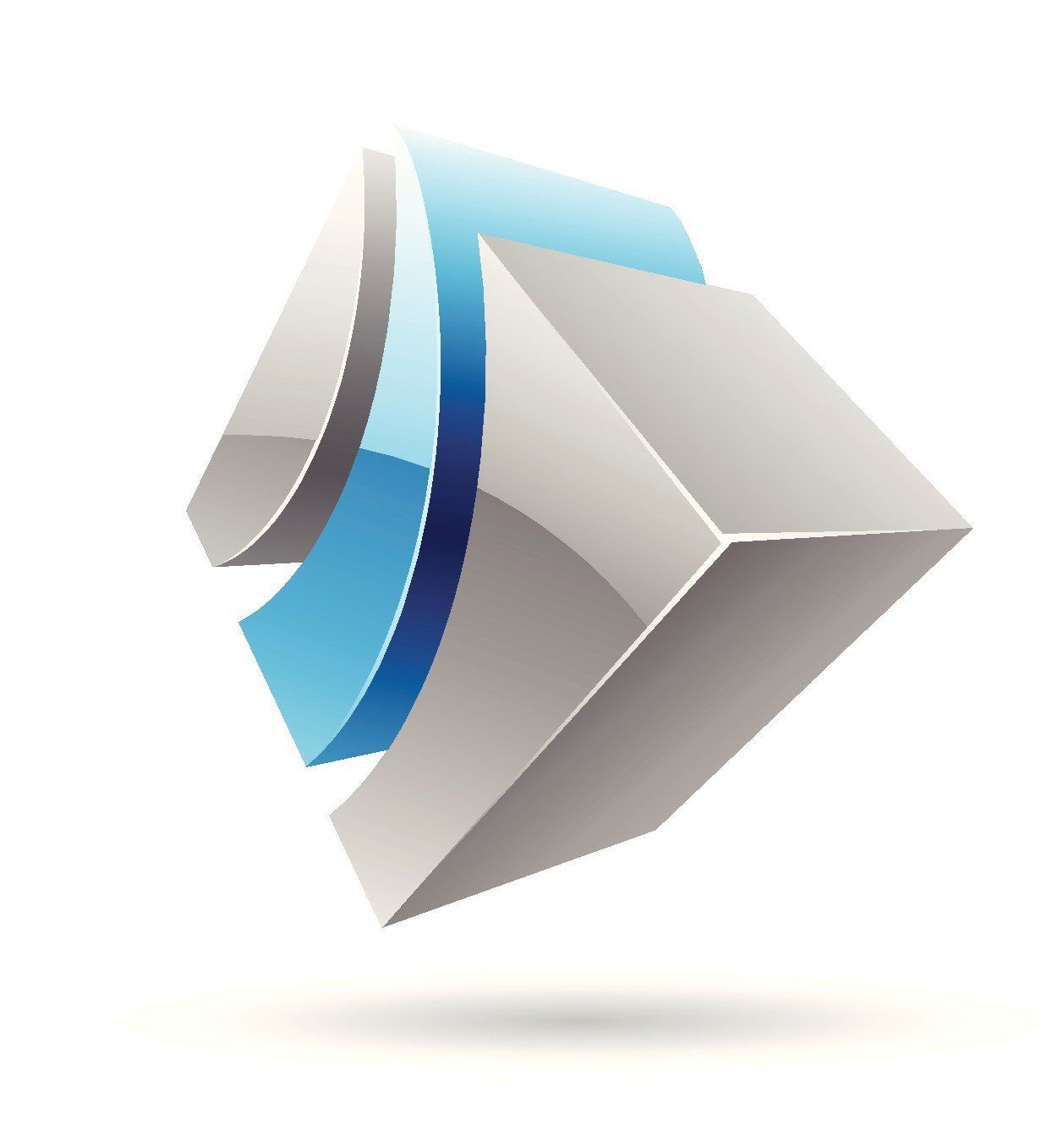Secondary Headaches
Secondary headaches are those where the primary cause is not the headache itself. Consequently, these headaches can be the greatest cause for concern. Depending on the cause, a misdiagnosis could be fatal for the patient. These are the ones that you want to be seen, scanned and checked quickly by your doctor.
What are Secondary Headaches?
Secondary headaches are in contrast to Headaches and Migraines, where the primary issue is the headache itself. To understand the warning signs around secondary headaches, the red flags for a practitioner are when a patient says "This is the worst headache I've ever had!" or "This is the first headache I've ever had". Practitioners also use models such as SNNOOP10 which can help identify red flags in secondary headaches.
At the extreme end, brain bleeds and haemorrhages are likely to cause extremely powerful headaches. They are also called 'the thunder clap headache', as they will literally knock you because the pain is so great, they will reach maximal pain within a minute. Realistically, almost nobody is ever going to present for non-emergency treatment. They are so bad that patients will likely seek immediate emergency treatment.
There are others to be aware of, such as headaches caused by slow growing tumours. We find that patients fears around this are inconsistent with the likelihood of this actually happening. We often see headache patients who are worried about this when they present with a headache, and ask "Have I got a tumour?" It is very rare that they do. Associated indicators for a tumour include balance disorders and visual disturbances.
Another source of secondary headache is infections. Meningitis is widely understood to cause painful headaches, but they can arise from other infections too. These will often occur alongside other symptoms, which will help diagnose the cause.
This category is very broad, and contains hundreds of these types of headaches. The bottom line is that if somebody is saying it is their first headache or their worst headache, they should be going to see their doctor rapidly.
Accompanying Symptoms
Headaches are often associated restrictions in the upper cervical spine and shoulders. This tension impacts the greater occipital nerve, which comes out in the upper cervical spine.
In turn, these can be caused by carrying a lot of tension in the shoulders. Due to shoulder dysfunction, the action of pulling one's shoulders forward, also pulls your whole body forward. Your eyes naturally want to remain horizontal, so you are lifting your head into extension and all the upper spinal muscles are shortening. Sometimes headaches that wake you at night are because you are just in a tight position with your shoulders coming up to your ears and everything is getting congested.
Self Help
The symptoms of some Secondary Headaches can benefit from self management techniques found on our Headache and Migraine Self Help page.

